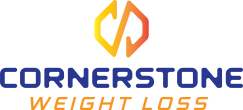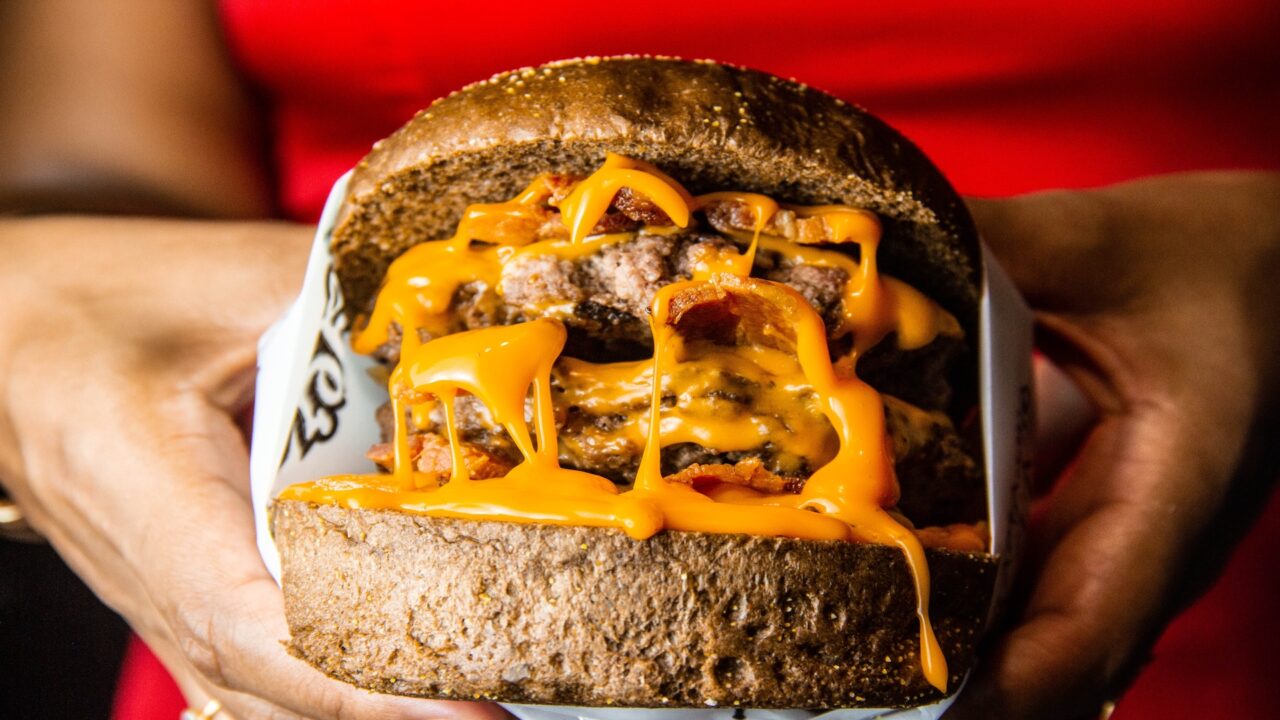What are you eating?
What are you eating?
Why are you eating it?
What fitness goals are you working toward?
For those wanting to bulk up and gain weight, this short blog post is for you.
*Side note: Cornerstone Weight Loss tends to focus on the weight loss side of fitness because it seems to be the biggest need. There is also a demand, albeit smaller, for those of you who wish to add some pounds to your frame. The mission of Cornerstone Weight Loss is to help you better understand how food affects your body in a common sense way that will put you in control of how you look. That mission would be incomplete if we avoided all of you who need to learn how to bulk up.
How many times have you tried to gain weight and failed to reach your ultimate goal?
It looks like many of you attempt to gain weight using the same types of foods that you would use to achieve weight loss. Although many of these foods can overlap, there are some foods that may be working against you.
Real Life Nutrition
If you’ve been reading the Cornerstone Weight Loss blog for a while you are probably aware of all the nutritional-based myths that surround weight loss. Despite what some Yo-yo Diet Profiteers may have told you, there is not a one-size-fits-all answer for your fitness goals.
This applies to purposeful weight gain as well.
You can refuse this is you want, but lumping certain foods into healthy and unhealthy categories is an incomplete way to approach food that lacks understanding. Additionally, this ultra-rigid philosophy works against you. It can keep you from achieving your purposeful weight gain goals in a reasonable amount of time and may cause you to lose money in the process.
What you’re about to read is a short guide to purposeful weight gain using real life nutrition. You’re going to learn to take what foods you have at hand and use them as tools to get to where you want to go. Furthermore, you’re going to learn that gaining weight uses different tactics than that of weight loss.
Imagine a Venn diagram with two categories labeled Weight Loss and Weight Gain. Inside the circles of the Venn diagram are all the foods you eat currently.
After reading this, you’ll have a better understanding of what foods overlap and what foods do not.
Let’s get to work!
I’m working out but not gaining muscle
This blog post is about the nutritional aspects of your weight gain program, it’s not about the exercise portion. Please refer to this blog post for assistance in better tracking your workouts for your best results possible.
Let’s assume your workout plan is a good one.
Let’s define a good workout plan as one that consists of effective hypertrophy-oriented training that combines mechanical tension and metabolic stress as per this peer-reviewed paper.
In english: resistance training workouts that provide enough strain on your muscles that facilitates their growth.
Using the above assumptions, two factors need to be addressed in order for you to have a better shot at purposefully gaining the weight you deserve:
- A reliable, consistent methodology to tracking your progress
- A caloric surplus
Let’s go!
How do you know if you’re gaining muscle?
One way to know you’re gaining weight is a body weight scale.
The most accurate way to use a scale like this is to make sure you weigh yourself in the same manner every time.
For example, weighing yourself in the morning, after your morning pee, in the same amount of clothing (or no clothing), before eating or drinking.
Some good news is that many bodyweight scales nowadays also measure body fat. They are wildly inaccurate concerning your actual body fat percentage, however when compared to itself over time, it can show you how your body fat percentage is trending. That is, it can show you if your body fat percentage is going up, down, or staying the same.
You must know that if you’re PED-free you will NOT gain muscle without gaining some body fat. The trick to purposeful weight gain is to minimally add body fat while gaining the maximum amount of muscle.
To further enhance the reliability of your muscle growth tracking, you can also take body part measurements using a measuring tape.
It’s your choice what you wish to measure, however there are some methods to ensure the measurements you’re taking are accurate. These are listed below:
- Measure the largest circumference of the muscle. For example, if you’re measuring your biceps, make sure it goes around the peak of your bicep.
- Measure at the same time, every time. For example, if you measure once per week, do it on the same day of the week at the same time of day.
- Try not to workout close to the time of measurement because it can disrupt the accuracy.
- Don’t flex. Keep your posture the same every time you take a measurement.
- Always measure your waist. This final caveat assists you in making wise adjustments to your diet during your quest for maximum muscle gains.
You have to eat more than you expend (caloric surplus)
This is usually what stops purposeful weight gain in its tracks.
Generally speaking, those of you who have a hard time putting on weight aren’t big eaters in the first place.
Usually, you who fit into this category think you’re in a caloric surplus when, in fact, you’re not.
If you were eating enough, you’d be making gains.
First things first, you’re going to need to know your Metabolic Snapshot. This is how many calories you eat per day in order to maintain your current weight.
*Side note: a helpful guide has been made for you to know your Metabolic Snapshot. Re-load this page, scroll down until you hit the pop-up, fill out the missing information, and you’ll receive a free PDF that helps you figure this out in five simple steps.
When you follow the steps to see what you actually eat per day, you’ll probably be surprised. You weren’t eating enough, despite how you may have struggled.
This will be good news because it will show you data you can work with in order to gain the muscle you deserve.
From here, you add calories and eat with consistency. EveryBODY is different and it will save you a ton of time to get help from a professional through this process. If you’re strapped for cash at the moment, however, here is a simple, conservative bullet point breakdown of what to do with your Metabolic Snapshot:
- Take body weight/body fat measurements daily and body part measurements weekly as described in the previous section.
- Add 150-350 to your daily calories. For example, if your Metabolic Snapshot was found to be 2000 calories per day, begin eating 2150 up to 2350 per day. Do this for one week and increase weekly as necessary. Be careful of excess. A conservative increase in body weight would be no more than 0.5 pounds per week.
- Add calories using mostly fats and carbohydrates.
- Ensure you’re eating at least 0.8 grams of protein per pound of your TARGET weight. You can eat more, but if you’re not using PEDs it won’t do much extra for you.
Can you eat junk food and still gain muscle?
Can you gain muscle if you eat junk food?
That’s a difficult question because the definition of junk food can vary per person.
It seems best to answer this question in the spirit of the Cornerstone Weight Loss philosophy:
As long as you are eating your requisite, daily amount of protein and fiber there are no foods that are off limits.
Here’s where your Venn diagram comes in.
Depending on what it takes to get your body in a caloric surplus, you may need to utilize calorically dense foods that may not be considered healthy to the common folk.
For example, if you tend to be someone who needs five-digit calories per day (over 10,000) to be in a caloric surplus, you’re going to find it impossible to eat that many calories in turkey, brown rice, and spinach.
The physical volume would be murder on your digestive system.
This is where calorically dense foods that are small in volume come in to save the day.
Need to add more carbohydrate?
Grab a big pack of Skittles.
Need to add more fat?
Drench one of your salads in high quality, delicious ranch or bleu cheese dressing.
Need both?
A Snickers bar would probably help you get after it.
Your Venn diagram
You may be seeing that the tactics for weight gain diverge from the tactics of weight loss in terms of food volume and dietary fiber.
If you’ve read 5 Lower Calorie Food Hacks you probably have noticed that foods high in dietary fiber help you stay physically fuller for a longer period of time.
Though this is great for your effective weight loss program, this is something to be avoided when eating for purposeful weight gain. Though you should always eat your recommended daily value of dietary fiber, you don’t want one gram more than you need during a weight gain phase.
Here’s the simple breakdown:
Effective Weight Loss Phase: high volume, fibrous, calorically low food options
Purposeful Weight Gain Phase: low volume, non-fibrous, calorically dense food options.
At Cornerstone Weight Loss we help you better understand how food affects your body in a common sense way that will put you in control of how you look. In order to get in touch with a professional who can help tailor your purposeful weight gain plan to you, click below, fill out the information, and a member of the Cornerstone Weight Loss team will reach out to you to get the results you deserve.


